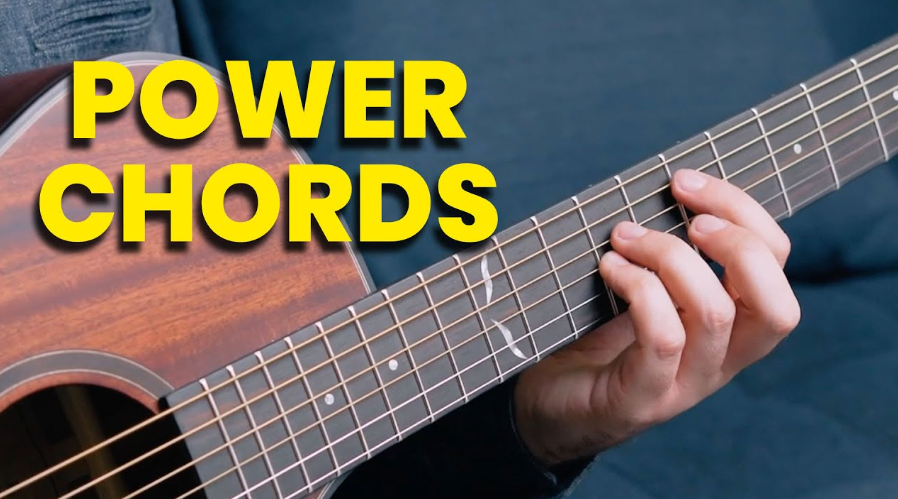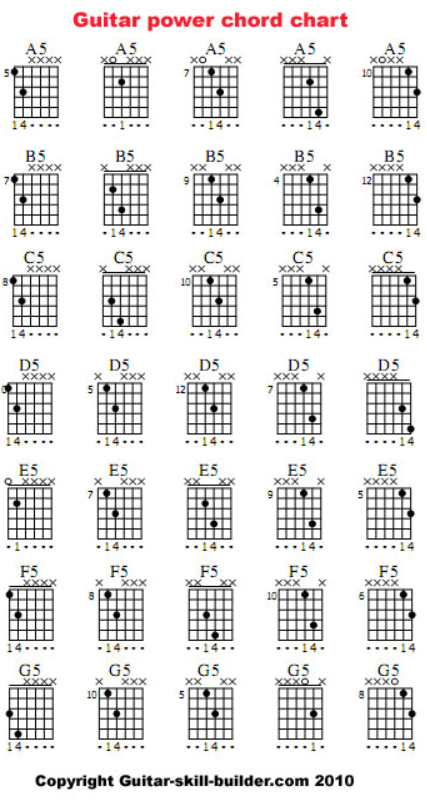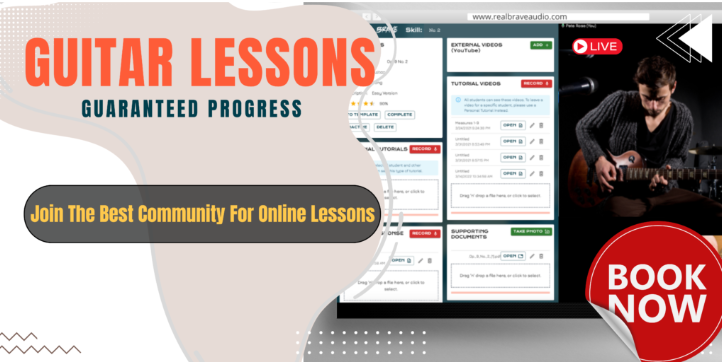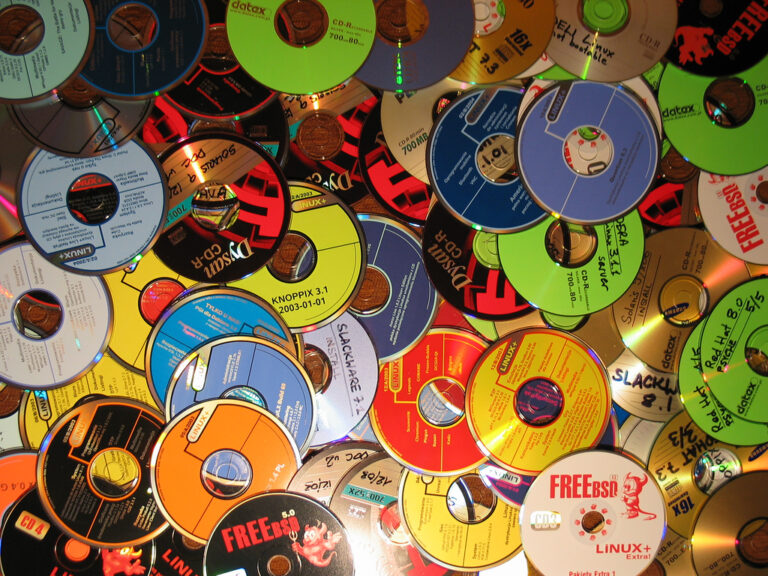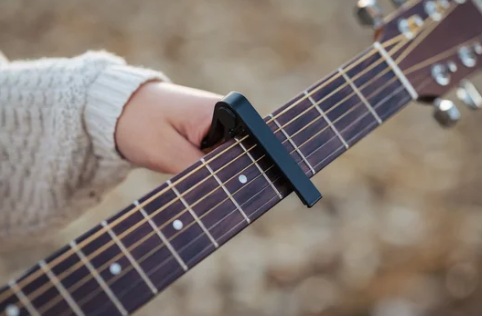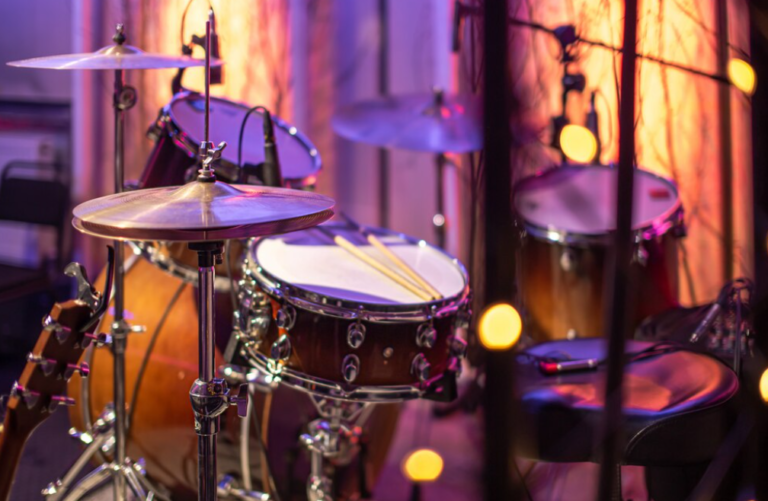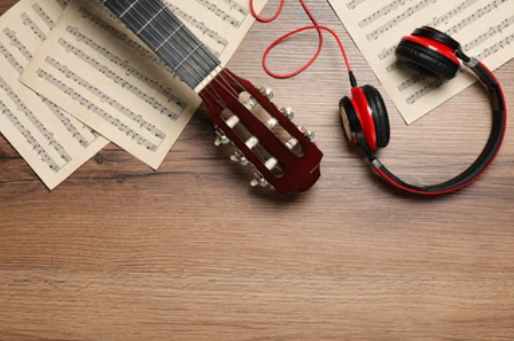The Power Chords: Everything You Need To Know
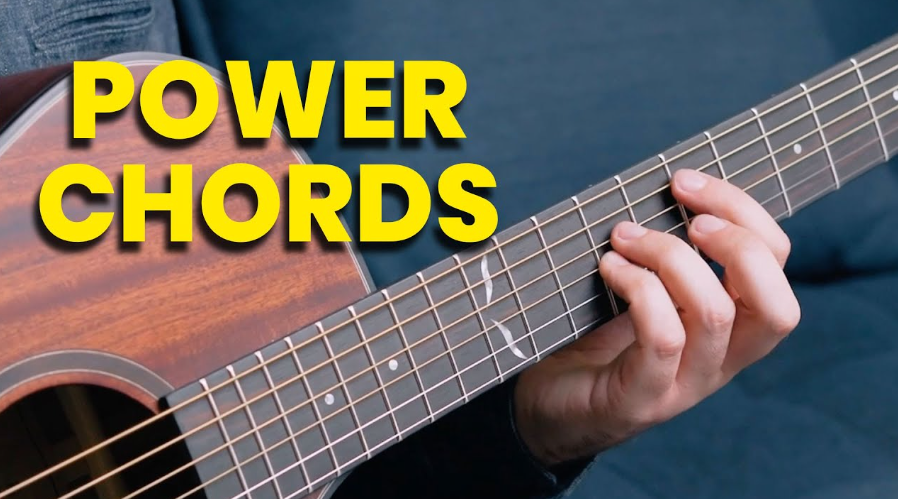
Rock Unscripted
A power chord, in its simplest form, represents the raw energy and simplicity that define much of rock and metal music. Technically referred to as a “fifth chord,” a power chord is a chord that strips down to the bare essentials in harmony. This thing will give you that “GRRRR” you need in most rock music.
At its core, a power chord consists of just two notes the root note and the fifth interval. The root note, as the name implies, is the fundamental note on which the chord is based (The first note in the chord). It sets the tone and key of the chord. The fifth interval, located five steps from the root in a traditional major scale, complements the root by adding a harmonious depth without the complexity of a full chord.
What Makes Power Chords Unique
Is their absence of the third interval, which in standard chords, determines whether the chord is major (happy or bright sounding) or minor (sad or dark sounding). By omitting the third, power chords achieve a neutral, more ambiguous sound that is neither major nor minor. More “open”, perhaps. This neutrality is one of the reasons they are so versatile and widely used in various music genres, particularly in rock and metal.
Another defining characteristic of power chords is their amplification. When played through an electric guitar with distortion or overdrive, power chords produce a thick, powerful sound. This is due to the way the root and fifth intervals interact with the harmonics generated by the guitar and amplifier, creating a sound that is much larger than the sum of its parts.
The simplicity of power chords also means they are incredibly versatile and easy to move around the guitar neck. They can be played in different positions and on various string groups, making them a fundamental tool for guitarists, especially those in the early stages of learning.
Fundamental (or instrumental? lol) in modern music, especially in genres that prioritize emotion and energy over complex harmony. Its simplicity, combined with its sonic power, makes it a favorite among musicians looking to convey raw emotion and energy in their music.
Importance in Rock and Metal
You can’t go anywhere in Rock & metal for the past 60 years without these chords.
The emergence of power chords as a staple in rock and metal music is a big deal to their raw energy and sonic impact. These chords became particularly huge in the post-1950s era, as rock music began to evolve and diversify. The simplicity and robust sound of power chords perfectly suited the aggressive and straightforward nature of rock and, later, metal music. You could even argue that early blues guitarists were using it in the early 20th century.
In the early days of rock ‘n’ roll, guitarists sought a sound that could cut through the mix and provide a solid rhythmic foundation. The power chord, with its minimalistic yet potent nature, proved to be an ideal solution. It allowed guitarists to create a strong, rhythmic backbone that was both easy to play and highly effective in a band setting. The chords’ ability to be played loud and with distortion made them a natural fit for the burgeoning rock scene, which was increasingly defined by its amplified and energetic performances.
As rock music evolved into the 1960s and 1970s, power chords became a cornerstone in the development of harder rock subgenres. Bands like The Who and Led Zeppelin utilized power chords to create some of the most iconic and influential rock songs. The Who’s Pete Townshend, for instance, became known for his windmill strumming of these chords, while Jimmy Page used them to craft Led Zeppelin’s monumental riffs.
The transition from rock to metal saw power chords becoming even more integral. In metal, the power chord’s ability to convey intensity and aggression was unmatched. Bands like Black Sabbath, Judas Priest, and later Metallica and Slayer, harnessed the power chord’s raw sound to create the heavy, driving riffs that became synonymous with the genre. The distorted tone and lower tunings often used in metal further enhanced the chords’ impact, giving them a heavier, more ominous sound.
The adaptability of power chords also played a crucial role in their prominence. They were easily integrated into various song structures and styles, from the anthem-like choruses of arena rock to the fast-paced, aggressive riffs of thrash metal. This versatility made them an essential tool for songwriters and guitarists across the rock and metal spectrum.
In essence, power chords became the musical shorthand for energy and rebellion in rock and metal. Their simplicity allowed musicians to focus on expression and energy, while their sonic power gave rise to some of the most memorable and influential riffs in music history. They embody the spirit of these genres – powerful, direct, and unapologetically bold.
How to Play Power Chords
Guitar Basics
Before diving head first into the shallow pool of power chords so we can hit our heads (errr bang our heads), or specifics of playing power chords, it’s essential to understand some basic aspects of guitar anatomy, especially those parts that are relevant to chord playing. This is fundamental stuff feel free to skim and go below if you know it
- Neck and Fretboard: The neck of the guitar is the long, thin part where the fretboard, or fingerboard, is located. The fretboard is divided by metal strips called frets. When playing chords, your fingers press the strings down at different frets to create various notes.
- Strings: Most guitars have six strings, each producing a different note. These strings are typically numbered from 1 to 6, with the 1st string being the thinnest and highest-pitched, and the 6th string being the thickest and lowest-pitched.
- Tuning: Standard tuning for a guitar is E-A-D-G-B-E, from the 6th string to the 1st. This means that when you pluck the 6th string without pressing down on any fret, it plays an E note, and so on for the other strings.
- Fingers Positioning: Guitarists use their left hand (or right hand for left-handed guitars) to press the strings against the fretboard and their right hand to strum or pick the strings. Fingers of the fretting hand are numbered from 1 to 4, starting with the index finger.
- Holding the Guitar- Proper posture and holding the guitar correctly are crucial for playing chords effectively. Ensure that the guitar is stable and comfortable, allowing your hands to move freely along the neck.
How to Play Power Chords
Playing on the Low E String
Finger Placement for E String Root Power Chord
- Step 1: Place your index finger on the 6th string (Low E string) at any fret. This note is the root of the power chord.
- Step 2: Place your ring finger two frets higher on the 5th string (A string). For example, if your index finger is on the 3rd fret of the E string, your ring finger should be on the 5th fret of the A string.
- Step 3: Optionally, you can also add your pinky finger right below your ring finger on the 4th string (D string) at the same fret for a fuller sound.
Tablature for E String Root Power Chord
Example If the root note is on the 3rd fret of the E string, the tablature would look like this:
- E|–x–|
- A|–3–|
- D|–5–|
- G|–5–| (optional)
- B|–x–|
- E|–x–|
The ‘x’ indicates strings that are not played.
Common Progressions and Songs
Many rock songs use a sequence of power chords starting on the E string. For instance, a progression like E5 – G5 – A5 is common, which would involve moving the same finger shape up the neck.
Songs like “Smoke on the Water” by Deep Purple and “Iron Man” by Black Sabbath feature iconic riffs using power chords on the low E string.
Playing on the A String
Finger Placement for A String Root Power Chord
- Step 1 Place your index finger on the 5th string (A string) at any fret. This note is the root of the power chord.
- Step 2 Place your ring finger two frets higher on the 4th string (D string).
- Step 3 Optionally, add your pinky finger right below your ring finger on the 3rd string (G string) at the same fret for a fuller sound.
Tablature for A String Root Power Chord
Example If the root note is on the 3rd fret of the A string, the tablature would look like this:
- E|–x–|
- A|–3–|
- D|–5–|
- G|–5–| (optional)
- B|–x–|
- e|–x–|
Again, ‘x’ denotes strings that are not played.
Common Progressions and Songs
Similar to E string power chords, A string power chords can be used in a sequence to create powerful progressions. Examples of songs using A string power chords include “Back in Black” by AC/DC and “Seven Nation Army” by The White Stripes (although the latter is played on a guitar tuned to an open A tuning).
These are basic illustrations of how to play power chords rooted on the Low E and A strings. By mastering these shapes, you can play a vast array of rock and metal riffs and progressions, as these chords form the backbone of many iconic songs in these genres.
Common Progressions and Songs Using A String Power Chords
Power chords rooted on the A string offer a slightly different tonal quality compared to those on the E string, yet they remain equally impactful in creating dynamic and memorable song progressions. These chords, owing to their position on the guitar, can produce a slightly higher pitch, adding variety to the overall sound of a riff or progression.
Examples of Songs
“Back in Black” by AC/DC
AC/DC’s “Back in Black” is a quintessential rock anthem that heavily features power chords, particularly those rooted on the A string. The song’s iconic riff demonstrates how effectively these chords can drive a rock song, providing a punchy and rhythmic foundation that’s both catchy and energizing.
“Seven Nation Army” by The White Stripes Though “Seven Nation Army” is known for its distinctive riff played on a guitar tuned to an open A tuning, the core of its riff can be replicated using A string power chords in standard tuning. This riff is a perfect example of how a simple power chord progression can become a globally recognized and iconic sound.
Creating Powerful Progressions
In songwriting and composition, A string power chords can be used in various ways to create compelling musical progressions. Here are a few common approaches.
Moving Up and Down the Neck Similar to E string power chords, moving A string power chords up and down the fretboard can create a sense of movement and energy. This technique is often used in rock and punk genres to build intensity.
Combining E and A String Power Chords By alternating between power chords on the E and A strings, you can create more complex and interesting progressions. This approach is commonly used in genres like hard rock and metal to add depth and variation to the sound.
Palm Muting and Dynamics Adding palm muting and playing with dynamics can significantly enhance the impact of A string power chords. This technique, where the edge of the hand lightly touches the strings near the bridge, creates a chunkier, more rhythmic sound that is a staple in genres like metal and punk rock.
